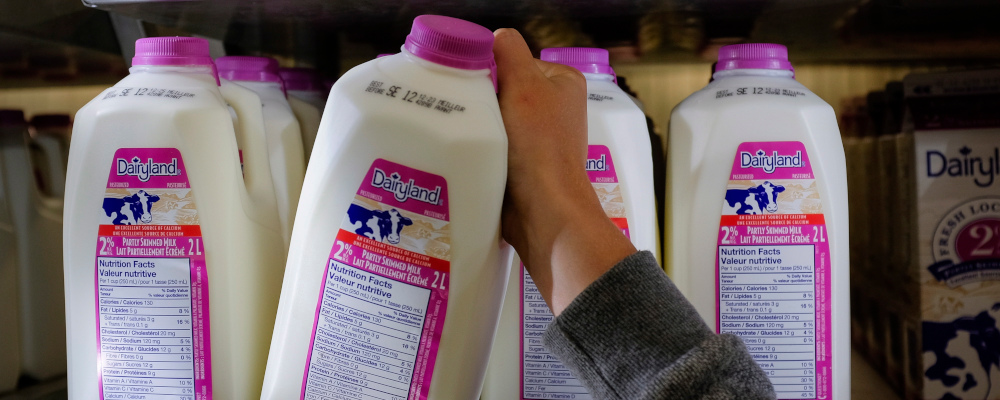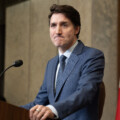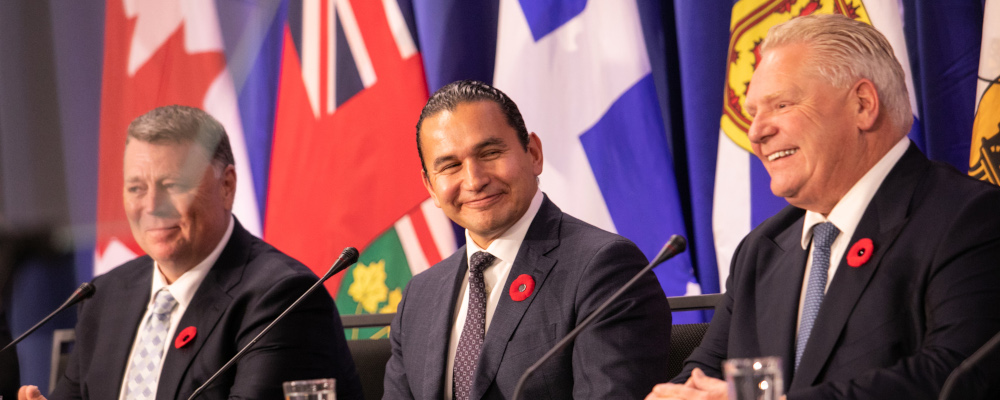Eliminating interprovincial trade barriers to create one genuine national market is one of the hardy perennials of Canadian politics and federal-provincial relations. But it is a flower that never blooms. It is time for Ottawa to exercise genuine leadership by creatively applying its fiscal powers to incentivize provinces to do the right thing.
Study after study has shown that interprovincial trade barriers seriously stunt Canada’s economic growth and productivity, which now lag further and further behind the single markets of the European Union (EU) and the United States (U.S.). Studies, by the International Monetary Fund and the Bank of Canada among others, find that removing these barriers would boost Canada’s GDP anywhere from four to seven percent.
Lower GDP not only means that Canadians are poorer per capita, but it also means “lost” revenue of roughly $15 billion or more to the federal government and the provinces each year. That is a lot more than Ottawa plans to spend on fast-tracking the building of new housing ($8.5 billion), pharmacare ($1.5 billion over five years), or defence ($8.1 billion over the next five years).

Despite various attempts over the years to reduce internal trade barriers, many obstacles to trade across provinces remain, especially in procurement, labour mobility, trucking, and agriculture and agrifood. There is less free movement of goods and services in Canada than in the EU, which has 27 member countries and more than ten times Canada’s population, or in the United States, which has 50 states and more than eight times Canada’s population.
Why do these barriers persist? There are well-organized, self-interested lobbies for particular sectors, such as dairy producers in Ontario and Quebec that can block change. Perhaps even more important is the coordination problem: the benefits of removing interprovincial barriers are much greater if all provinces act together, and so provinces are reluctant to lower their own barriers—and anger these domestic lobbies—without some assurance that other provinces will do likewise. However, as we saw with the Canadian Free Trade Agreement in 2017—with its dozens of exceptions—simply bringing the provinces together will not bring about the change that is needed.
So what is the way forward? In one world, the federal government would direct the provinces to remove barriers under its trade and commerce powers (S. 121) in the Constitution. But in a series of crucial rulings, the Supreme Court, including its controversial decision in R. vs Comeau (also known as the “free-the-beer case”), has upheld the rights of provinces to restrict the purchase of goods and services across provincial boundaries.
Ottawa’s challenge is to exercise leadership, not coerce or hector the provinces, but to offer calibrated inducements to remove trade barriers.
The basis of such a bargain should be as follows: if provinces are willing to pay the political price for dropping barriers, Ottawa should compensate the provinces with something else in return. However, it should not cut the provinces a cheque, as some have suggested, from the increased revenues generated by substantial GDP growth. This would simply increase provincial dependence on federal transfers. Except for equalization, which is enshrined in the Constitution (and rightly so), each level of government should be as self-reliant as possible to enhance administrative efficiency and provide clear accountability to voters.

Instead, Ottawa should provide so-called “tax points” to the provinces, reducing its tax take so that provinces can get a greater share of the revenue.
The provinces could, if they chose, raise their taxes by the same amount as the feds lowered them and use it to pay down debt or spend it—perhaps on measures that would help those groups negatively affected by the elimination of barriers.
Importantly, taxpayers would be no worse off in this scenario and indeed could be better off if the provinces chose not to take up all the tax room given to them—remember that because eliminating barriers increases GDP for everyone, provincial revenues will rise as well. Accordingly, a province could choose not to raise taxes and still see higher revenues.
A key decision when implementing such an approach is whether to offer a deal to any province that wants it or require all provinces to join simultaneously. The problem is that reluctant provinces might try to water down the deal and bargain with Ottawa to remove some barriers and not others for a lower tax point transfer. On the other hand, an extensive federal-provincial negotiation would be a painful and possibly underproductive exercise unless the groundwork is laid properly in advance.
Accordingly, it may be helpful to take a page from the Canada-U.S. free trade negotiations in the 1980s, where the foundations were laid by the Royal Commission on the Canadian Economy, which conducted a detailed and careful sector-by-sector analysis of the costs and benefits of free trade before talks formally began, thus building critical public support for what the Commission’s chair, Donald Macdonald, called “the leap of faith.” A similar exercise today on removing interprovincial barriers and the benefits of tax point transfers would have to be collaborative with the provinces and the private sector but should start now.
Undoubtedly, a concerted effort to remove interprovincial trade barriers will have immediate political costs. At the same time, the economic benefits will take a few years to materialise as they did with CUSMA and then NAFTA. To ease the pain, the federal government should lower taxes immediately after an agreement is signed and absorb the impact through a temporarily higher deficit or temporary spending reductions. Above all, Ottawa must show leadership and demonstrate its commitment to an agreement from the beginning.
Recommended for You

Falice Chin: A tale of two (Poilievre) ridings

‘We’re winning the battle of ideas’: Conservative MP Aaron Gunn on young men moving right, the fall of ‘wokeness,’ and the unraveling of Canadian identity

The Notebook by Theo Argitis: Mark Carney’s first major tests

The Weekly Wrap: Trudeau left Canada in terrible fiscal shape—and now Carney’s on clean-up duty



